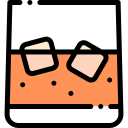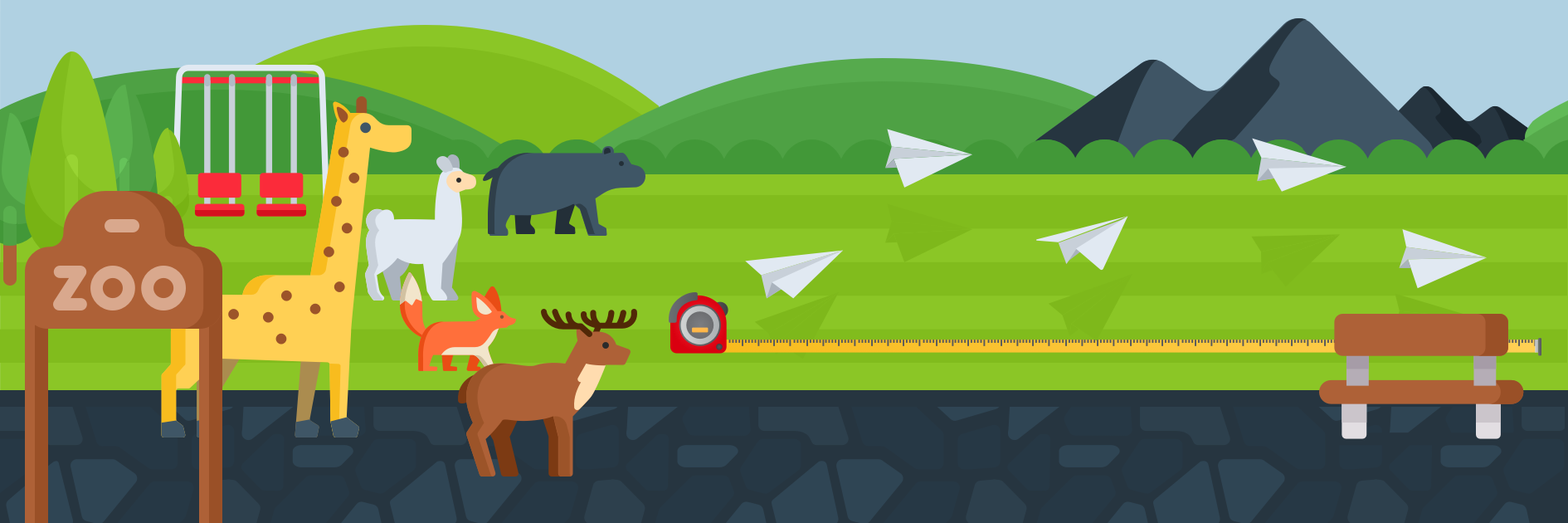31 Measurement
In this Chapter, we’re going to start with something very familiar: measurement.
If the previous section on sequences and progressions can be considered ‘advanced counting,’ this chapter will help you (and your students) come to grips with measurement at a deeper level, and use it to solve all kinds of problems.
In particular, in this chapter you’ll learn to
- Describe the metric system
- Convert units of measurement from one system to another (eg, metric and imperial systems)
- Express very large or very small numbers using scientific notation
- Convert numbers from the decimal system into other bases (eg, binary numbers).
What does it mean to measure something?
Any measurement of an object or quantity comprises three components:
- A property (what it is actually being measured)
- A unit (a benchmark appropriate to the property)
- A number or value
For example, if you say you are 18 years old, the property is the age (or time), the unit is years (but you could also use months or moon cycles) and 18 is the value.
Having an intuitive notion of different benchmarks or units is a big part of being able to work comfortably with measurements. Through experience, we will encounter a number of benchmarks. Some become official units while others just serve to help our intuition.
Benchmarks and quantities
A quantity is anything that can be measured or counted. When we measure a quantity, we use a unit and a value. When using numbers for measuring physical quantities, a benchmark is a readily available reference to help visualise a physical quantity, e.g. 1 litre milk carton, a bucket of water, the length of a football ground, an Olympic size swimming pool.
It is important that children develop a strong sense and intuitive feel for how big or small certain benchmarks are. For example, how big is a metre? How heavy is a kilogram? How much is 1 litre?
Stop and think
What are some other benchmarks? Can you give an example of a benchmark you use for all of the different properties: height, length, weight, mass, quantity, time, energy?
Now, let’s get started on the mathematics of conversion.
Conversion
 |
1 inch is equal to 2.54cm. How long is a 12 inch ruler in cm? How many inches is a 30cm ruler? |
 |
Ava thought she had bought 3.5m of cloth from the market. When she got home, she found that the stall holder had used a ruler that was 4cm short of 1m. What was the real length, in metres, of Ava’s cloth? |
 |
Whisky is usually bottled at about 40% alcohol content. Cask strength whisky is usually bottled at about 60% and allows tasters to add water to bring out the flavour.
For a 30ml dram of cask strength whisky, how much water could be added until it was equivalent in percentage to the standard bottling? How many standard drinks will it be if a 30ml dram at 40% is one standard drink? |
Stuck?
Have you tried some strategies from our problem solving topics?
- Try specialising with a few examples
- Is there a general rule you can use? Can you introduce algebraic notation?
- Extend! For example, with the ruler problem could you generalise it to a ruler that is [latex]x[/latex] cm shorter or longer than the original?
Having benchmarks can help guide our reasoning when we do these conversions. However we can also look more closely at the mechanics of what is going on and develop some algebraic methods and tools.
Coding
Can you define a function in Scratch that converts inches to cm?
The following video provides some examples of how you could use scratch to explore or extend the above problems.


